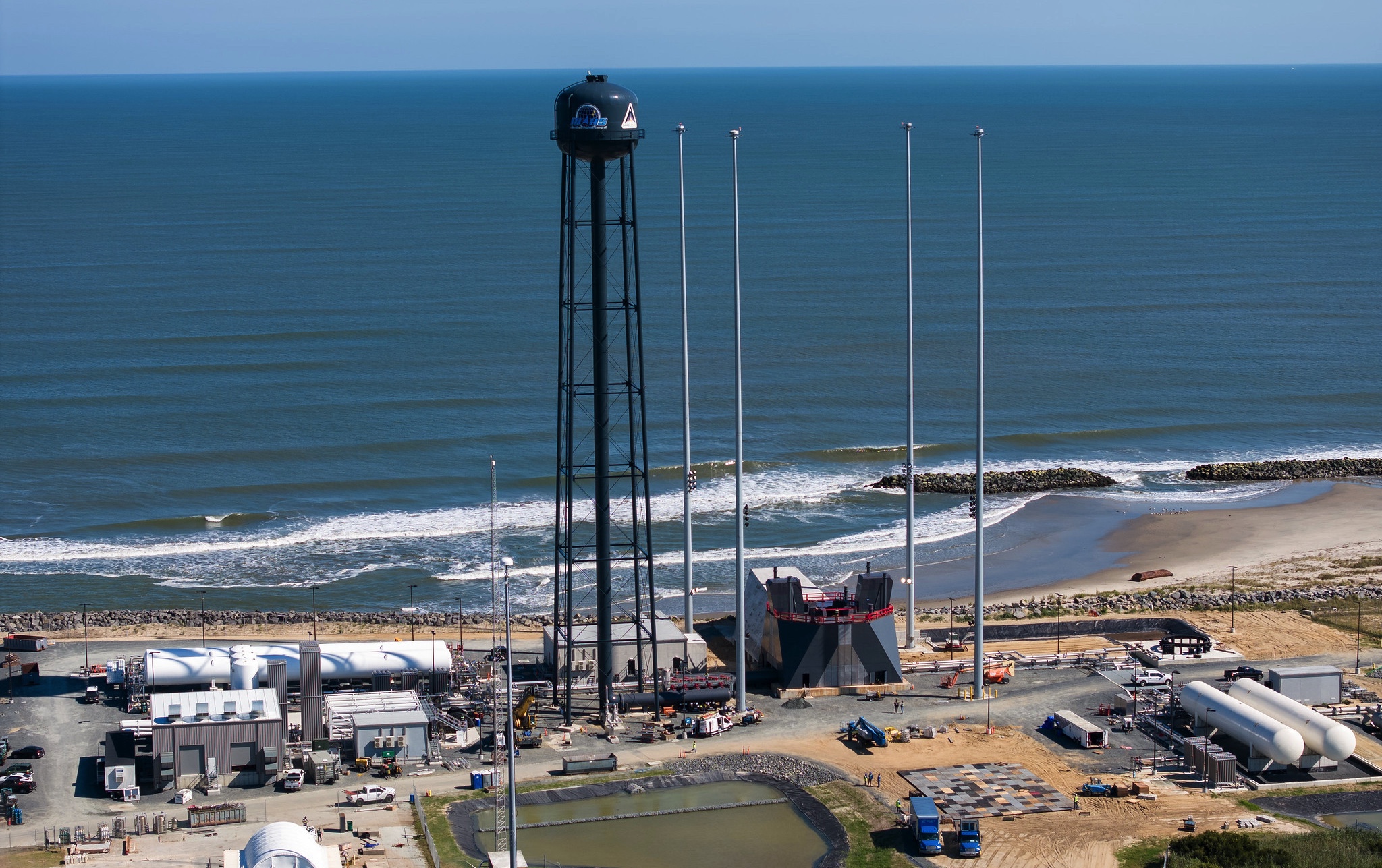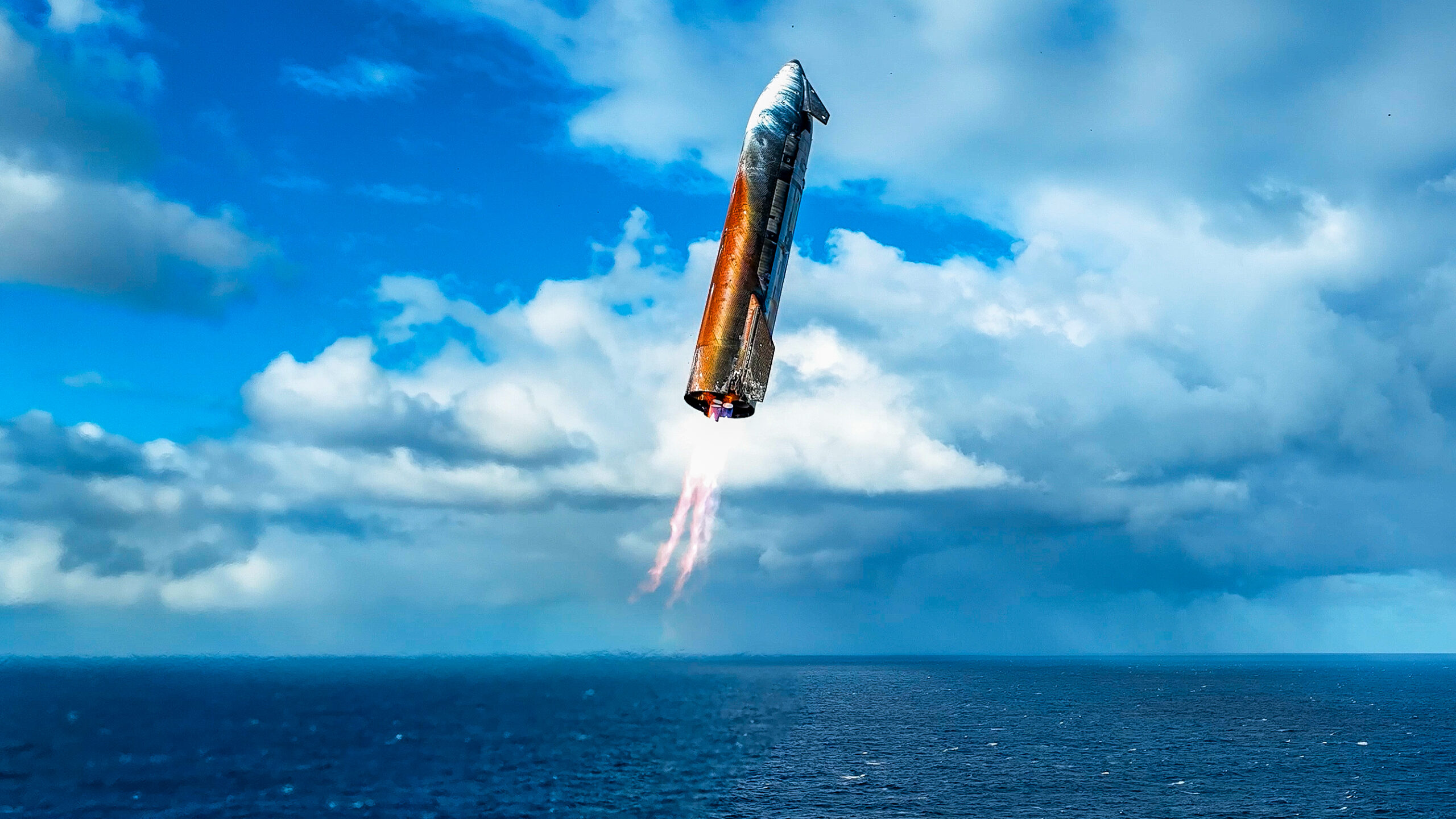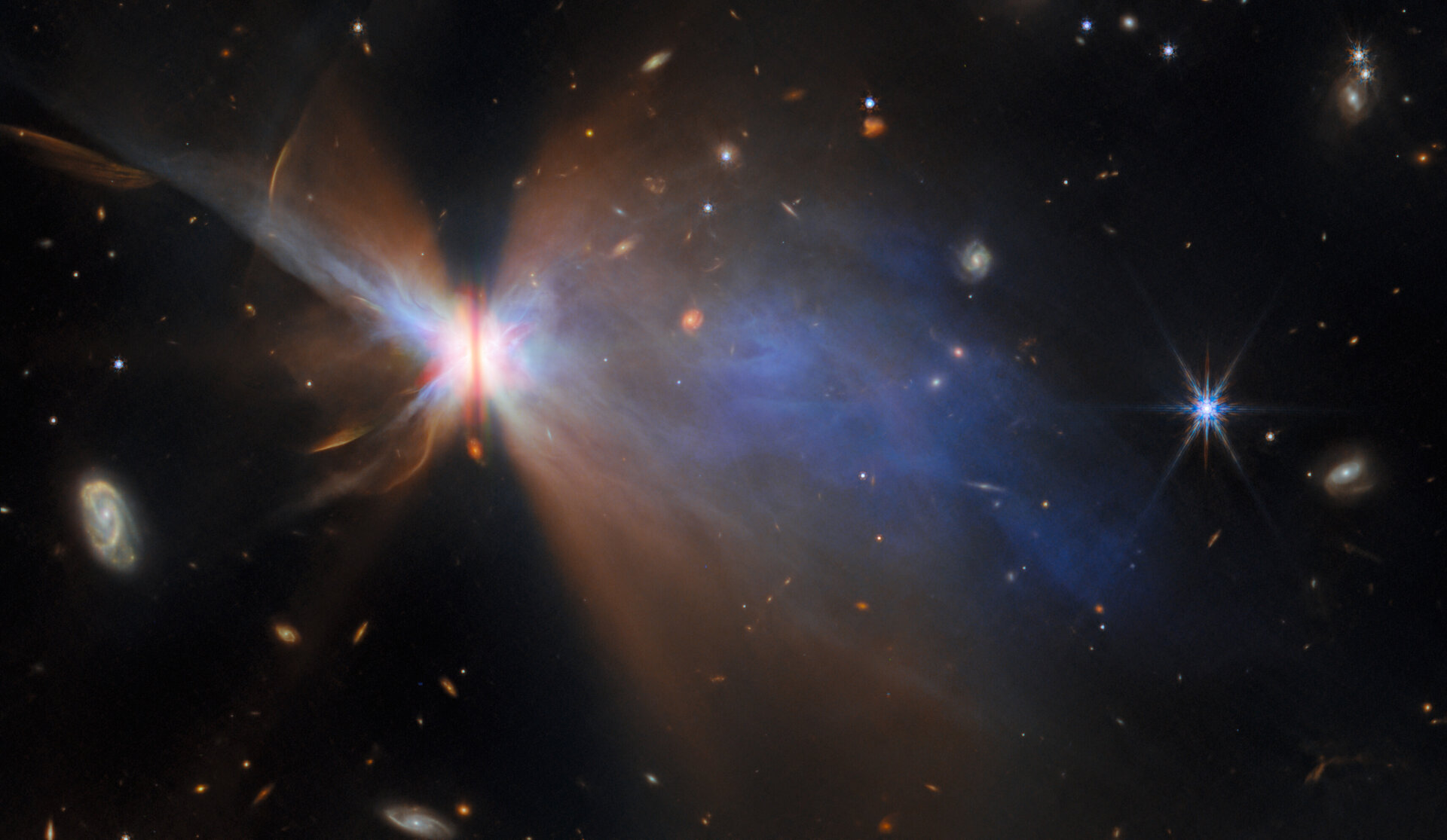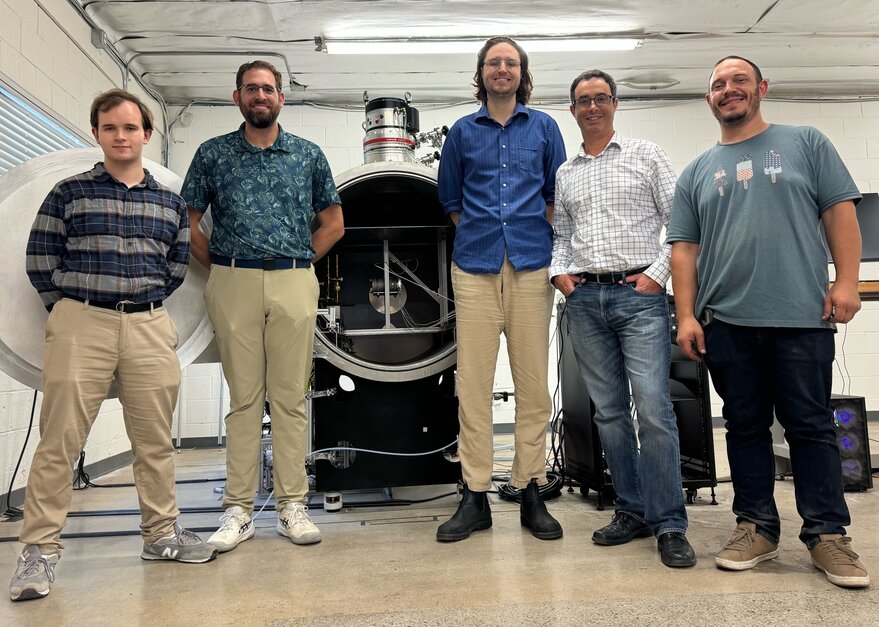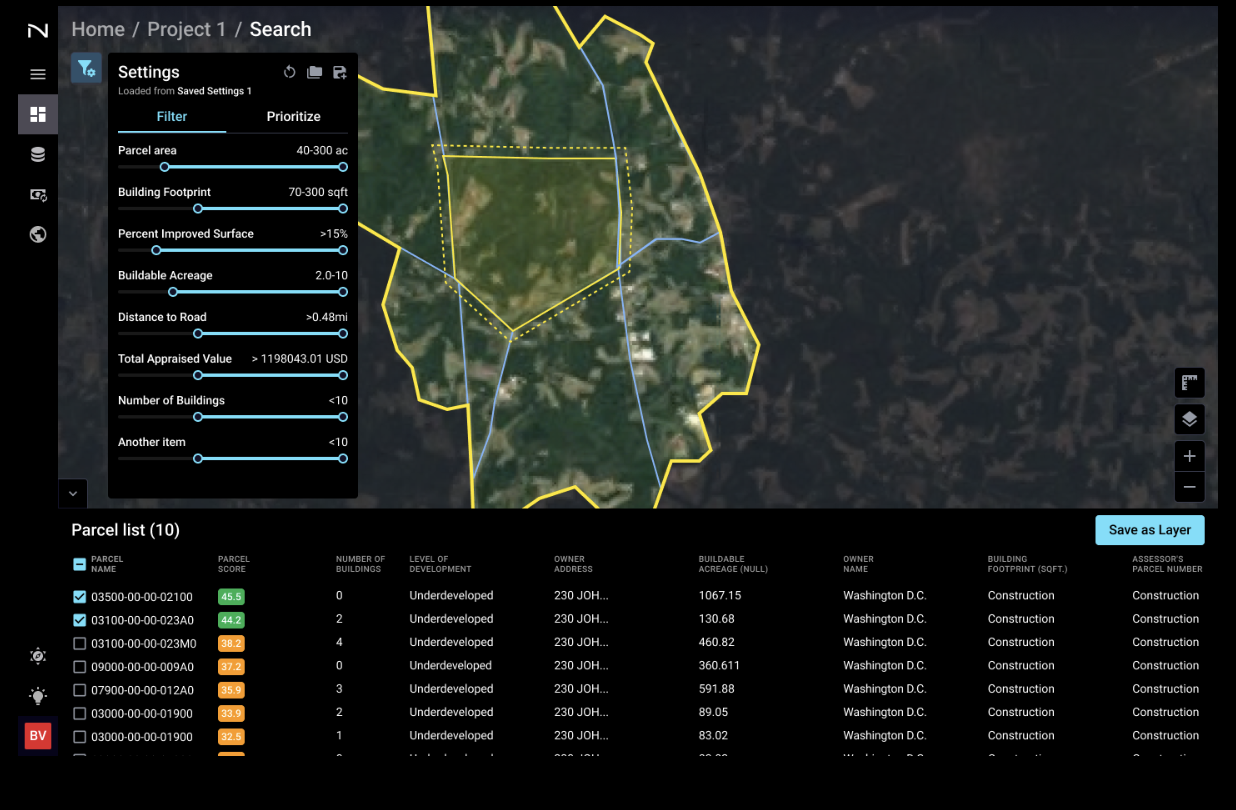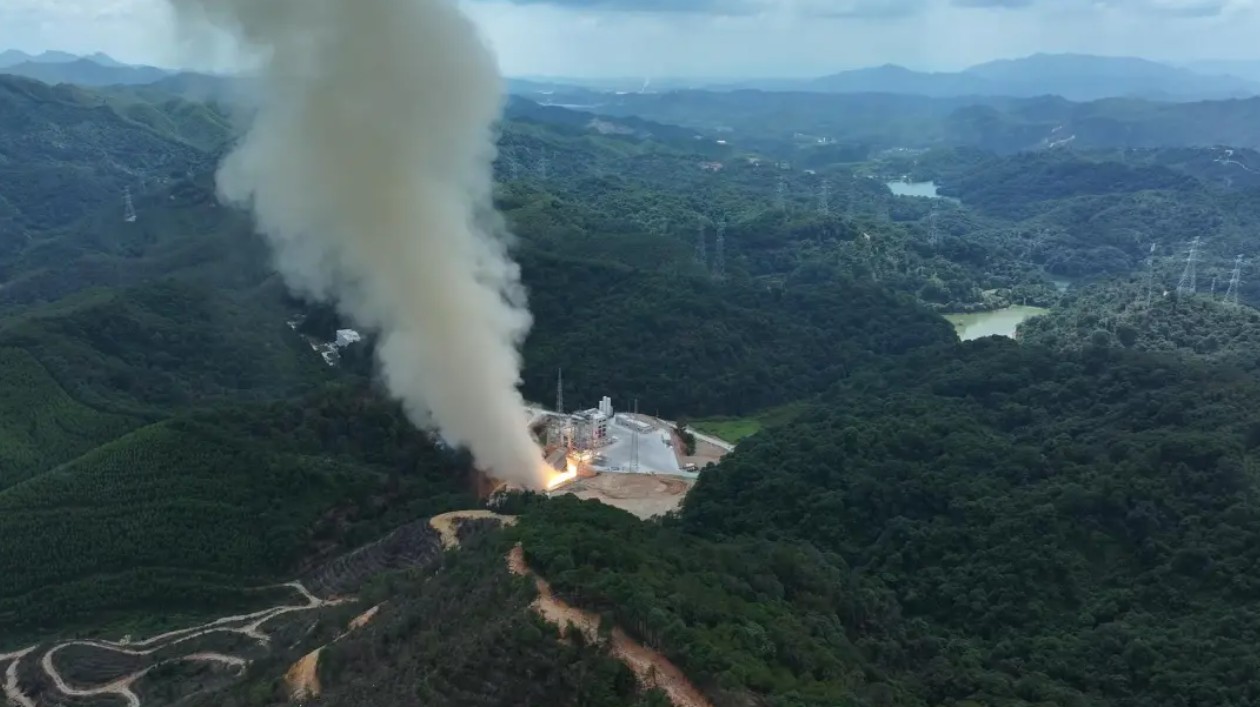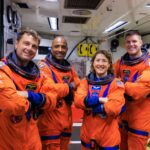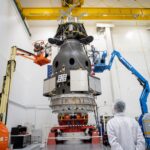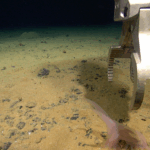WALLOPS ISLAND, Va. — Rocket Lab moved a step closer to the first launch of its Neutron rocket Aug. 28 with the formal opening of the vehicle’s launch site. To
Archive for August, 20258- Page
Spectacular new footage gives us great looks at the final moments of the latest test flight of Starship, the huge rocket SpaceX is developing to help humanity settle Mars. That
A group of technicians works to complete final inspections and checkouts of NASA’s Interstellar Mapping and Acceleration Probe (IMAP) spacecraft inside a cleanroom at Astrotech Space Operations in Titusville, Florida.
Science & Exploration 29/08/2025 173 views 4 likes For this new Picture of the Month feature, the NASA/ESA/CSA James Webb Space Telescope has provided a fantastic new view of IRAS 04302+2247, a planet-forming disc
A study led by Jenny Frediani at Stockholm University has revealed a planet-forming disk with a strikingly unusual chemical composition: an unexpectedly high abundance of carbon dioxide (CO2) in regions
SAN FRANCISCO – Viridian Space Corp. won a $1.25 million award from the U.S. Air Force for very low Earth orbit (VLEO) electric-propulsion technology. To continue reading this article: Register now
SAN FRANCISCO – Nuview, a Florida startup building a constellation of lidar satellites, announced a $5 million award Aug. 28 from the Defense Department’s National Security Innovation Capital (NSIC) program.
The world’s most powerful rocket aced a critical test launch this week, and the images from liftoff are stunning. Starship Flight 10 lifted off from SpaceX‘s Starbase site in South
HELSINKI — China’s southern province of Guangdong is aiming to create a fully integrated commercial aerospace ecosystem with its latest policy moves. To continue reading this article: Register now and
Apple TV+’s “Foundation” Season 3 continues to successfully prove that not only is this adaptation of Isaac Asimov’s “Foundation Trilogy” offering core fans some of the most startling sci-fi fare
-
 012024 in Review: Highlights from NASA in Silicon Valley
012024 in Review: Highlights from NASA in Silicon Valley -
 02Panasonic Leica Summilux DG 15mm f/1.7 ASPH review
02Panasonic Leica Summilux DG 15mm f/1.7 ASPH review -
 03From Polymerization-Enabled Folding and Assembly to Chemical Evolution: Key Processes for Emergence of Functional Polymers in the Origin of Life
03From Polymerization-Enabled Folding and Assembly to Chemical Evolution: Key Processes for Emergence of Functional Polymers in the Origin of Life -
 04How New NASA, India Earth Satellite NISAR Will See Earth
04How New NASA, India Earth Satellite NISAR Will See Earth -
 05And Thus Begins A New Year For Life On Earth
05And Thus Begins A New Year For Life On Earth -
 06Astronomy Activation Ambassadors: A New Era
06Astronomy Activation Ambassadors: A New Era -
07SpaceX launch surge helps set new global launch record in 2024


